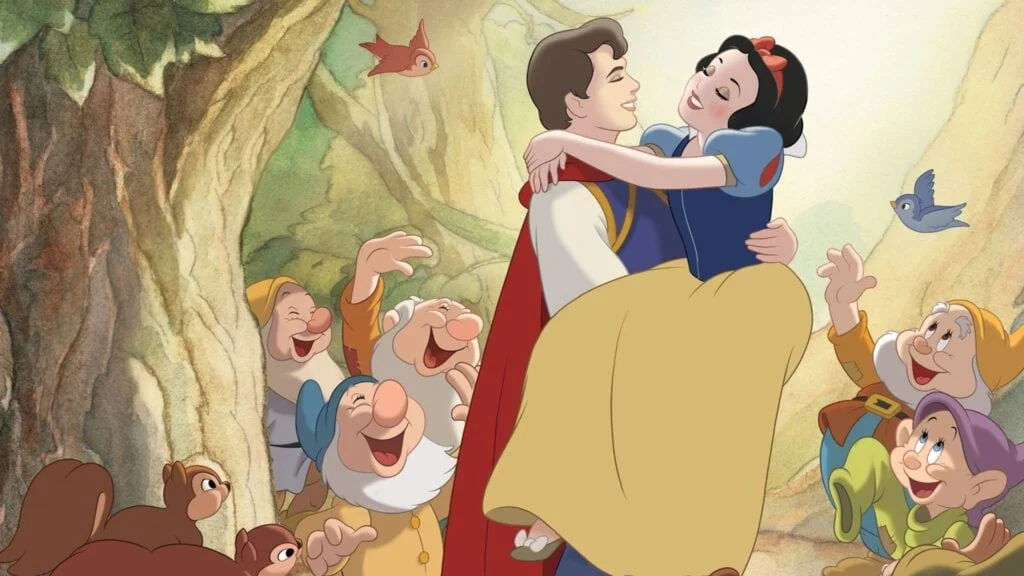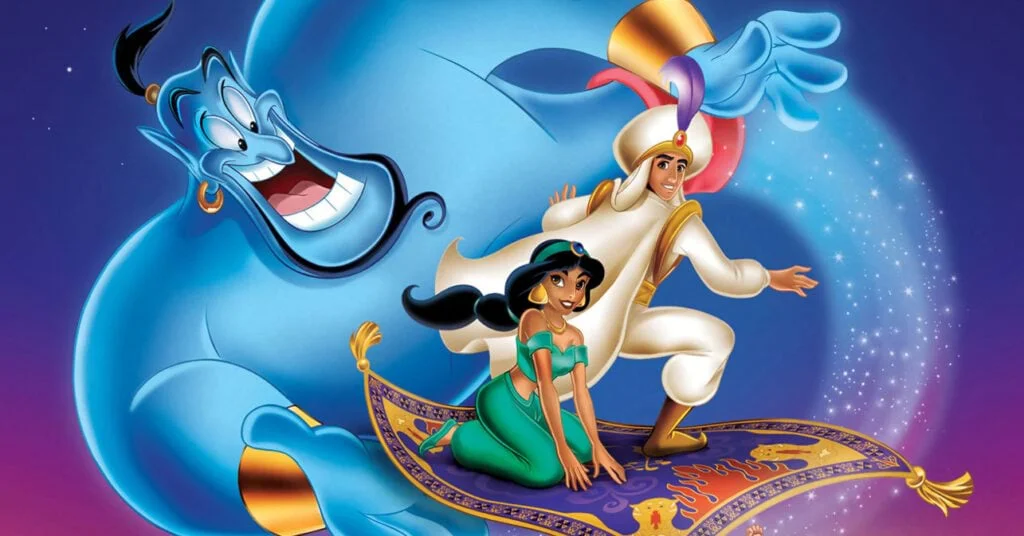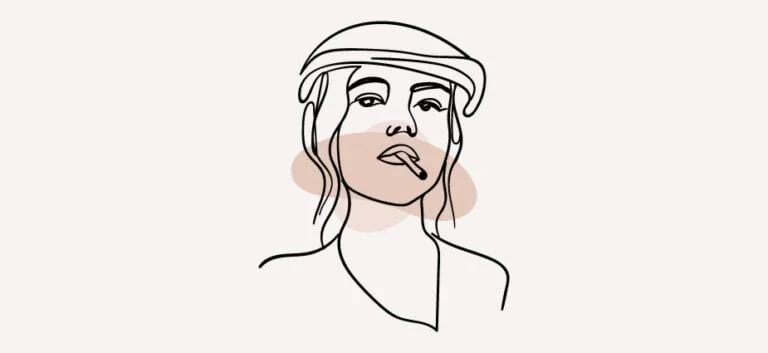Apollo 10 ½: A Space Age Childhood, this newly released animated Netflix movie, has turned the tables. For some, it came as a surprise because this unique masterpiece is created using the old-school animation technique, ROTOSCOPING, to give it a new-fangled look.
With this nostalgic boomer trip of Richard Linklater, the rotoscope animation technique has made a remarkable comeback in the animation realm.
For a few years, this animation technique has been overlooked by industry experts because techniques like 2D animation, 3D animation, and motion graphics have taken over the animation world.
But after this rebound, we can predict this animation technique will stay for long.
If you’re new to animation orb and have no clue what rotoscoping animation is and how being a traditional animation style it can be used in the modern world, then you have landed in the right place.
Today, in this blog, we will be shedding light on the Rotoscoping technique, from where it originated, and how using modern software you can create your very own Rotoscope animation videos.
So, without any further ado, let’s dive deep into it! (Don’t forget to wear your scuba suit, just kidding!)
A Brief Introduction: What is Rotoscoping?
Rotoscoping is an old-school animation technique used to create animations from live-action footage frame by frame animation.
In the early days, animation artists would project live-action images onto a glass panel and then trace the image later on.
Currently, rotoscoping is primarily performed on computers.
Rotoscoping can also be employed in live-action motion pictures. For example, filmmakers can construct a matte to remove an object from a scene and place it on a separate backdrop.
Star Wars is one of the most well-known instances of rotoscoping. In the first trilogy, performers supported a matte with a stick.
Later, effect specialists created the blazing lightsaber look by tracing over the mat.
Useful findings: As Rotoscoping animation is challenging to pull off, only a few video animation company like BuzzFlick offer this service.
The History of Rotoscoping Animation
Rotoscoping in film originated in the early 20th century when the emergence of cinematography necessitated a technique for stylizing live-action views of performers.
In this instance, rotoscoping involves the use of specialized technology and a paintbrush to replace or alter certain sections of a scene
The purpose of rotoscoping was for the artist to use his or her artistic abilities to make an area of a shot appear more fascinating or dramatic.
A well-known animation technique of the 1930s. Max Fleischer, an animator, pioneered the rotoscope method in 1915 and employed it in his revolutionary animated series Out of the Inkwell. In the early film credits, it was simply referred to as the “Fleischer Process” and was essentially Fleischer’s for several years.
Rotoscoping was a labor-intensive procedure. Therefore, it became a career for artistically talented individuals who could not be employed as animators.
Due to the development of computer graphics, rotoscoping has become a considerably easier task in recent decades.
His brother (Dave Fleischer) donned a clown suit and portrayed Koko in the live-action film reference.
The animation is created using rotoscoping, which enables the removal of the backdrop and the insertion of a person against the original background.
A projectionist is employed for the project, and the tracings are subsequently reworked using the animation disc as a reference.
The Arrival of Rotoscope in Hollywood
By 1934, Fleischer’s patent had expired, and other producers were allowed to employ rotoscoping. In 1937, Walt Disney and his animators utilized the method in the film Snow White and the Seven Dwarfs.

Source: Disney Plus
The only thing I enjoy more than a fantastic pair of shoes is a fantastic pair of well-worn shoes. I would want to see myself wearing a wonderful pair of well-worn shoes.
Rotoscoping was initially utilized extensively in Princess Iron Fan, China’s first animated feature picture (1941).
The majority of films made with it were adaptations of traditional stories or poetry, like The Night Before Christmas and The Tale of the Fisherman and the Fish. Not until the early 1960s did animators begin to experiment with vastly varied aesthetics.
The Birds by Alfred Hitchcock is another example. The bird scenes in Hitchcock’s thriller “The Birds” were animated by Ub Iwerks, which garnered him an Academy Award nomination. Using rotoscoping, he animated the horrifying movement of the birds.
Ralph Bakshi, a filmmaker, and animator, animated his films Wizards, The Lord of the Rings, American Pop, Fire and Ice, and Cool World using rotoscoping. After requesting a budget increase of $50,000 to complete his opus, he initially employed the tactic since he was unable to secure enough funds to complete Wizards.
However, it has evolved and spread into other realms of cinema and video game creation since then.
“Waking Life”, “American Pop”, “Cinderella”, “Fantasia 2000” and a real classic, “Anastasia”, are famous examples.
You may have seen this approach in vintage cartoons such as Bugs Bunny and Road Runner and, more recently, in The Simpsons and Family Guy.
Rotoscoping Animation in the Early 20s
First used in films like “The Jazz Singer” and “Fantasia” in the 1920s, the technique was invented that year.
Traditionally, rotoscoping was done in a special effects studio by projecting the source video onto one half of a piece of transparent film, then tracing those pictures onto another sheet of film, which was then developed after exposure. Today, rotoscoping can be done on paper or using computer software.
Rotoscoping first gained widespread attention in the 1928 Betty Boop short “Poor Cinderella,” directed by Max Fleischer.
The 1920s were an era of innovation and exploration. Vehicles, air travel, media outlets, and talking movies all took off during this decade.
Filmmakers also used creative methods like stop-motion animation and rotoscoping around this time.
Other helpful resources related to animation history:
The Different Types of Rotoscoping
To create an animated sequence from a live-action video, rotoscoping is used.
Disney’s “Snow White and the Seven Dwarfs,” released in 1937, was the first film to employ this method.
Traditional, digital, and photorealistic approaches are only some of the many that have emerged since then.
Some of the common types of rotoscoping are:
- Black-and-white rotoscoping
- Photorealistic rotoscoping
- Digital with a pencil-drawn look
You can use different rotoscoping types to add stunning textures to simulate real-world sights like water, hair, and skin.
Is Rotoscoping a Time-Consuming Animation Technique?
I bet you’ve always wanted to know how long it takes to rotoscope a video because a lot of animators often claim it’s a time-consuming technique. If so, your concerns will be addressed in this blog post.
Creating an animation from a video requires a number of preliminary processes before any actual work can begin, so don’t expect an easy ride.
First, it’s necessary to keep tabs on the history, which may eat up as much as 60% of your time on any particular project.
The following phase is to focus on tracking the foreground objects, often at a 50% accuracy rate.
Once these are done, you can start animating, which is the fun part and only takes around 10% of the total time.
Two years were spent rotoscoping Disney’s Aladdin, a film that is just 24 minutes long. One thousand and eight hundred hours!

Source: Neard Reactor
Since the typical workday lasts eight hours, rotoscoping Aladdin would need more than 16 months (or nearly three years) of full-time effort.
One hour of video at 24 frames per second (fps) would contain 720 frames total.
How to Rotoscope an Animated Video – The Process
To begin learning rotoscoping, you’ll need access to the proper equipment. A digital pen tablet with pressure sensitivity, a suitable drawing application (like Photoshop), and animation software are all necessary tools.
Two primary methods exist after all these components are in place: tracing over live footage or working from still photos.
If the film isn’t great, to begin with, tracing over it will require additional video editing services to remove any flaws in the artist’s designs.
To rotoscope is to trace over a film frame by frame to create an animated sequence. It has been around for more than a century and may be used to make 3D animations from 2D artwork.
To produce an animation from a video requires a procedure called rotoscoping, which entails manually tracing over each frame. You can accomplish this with the help of programs like Adobe After Effects or Premiere Pro.
Roto Brush, part of Softimage’s toolbox, is great for rotoscoping since it has a variety of brushes in standard sizes and shapes, simplifying cleanup.
The widespread use of social media platforms (such as Vine) is largely responsible for the recent surge in the popularity of rotoscoping. Most people are familiar with the term “rotoscoping,” but they may not understand what it is or why it might be beneficial.
Why Should Every VFX Artist Learn Rotoscoping?
This approach was initially utilized in the early 20th century, but it has since become an essential component for many visual effects’ artists.
It is also a technique that any VFX roto artist should master since it is highly handy for constructing complicated 3D tracking shots from recorded footage and deleting objects from video recordings.
There are two primary forms of roto: visual effects (VFX), rotoscoping and digital fine art.
Rotoscoping for visual effects typically entails wiping or painting over undesirable parts in a scene, such as wires that may appear when an actor is wearing a harness or anything else that does not belong.
It is an indispensable tool for every VFX artist, but mastery might take years!
Is Rotoscope Animation an Expensive Technique?
Well, if you’re comparing the cost of rotoscope animation to the pricing of 3D animated videos or movies, you’ll find a great difference between the two.
Why so?
Because companies charge a specific amount when it comes to other animated videos like 2D, 3D, or motion graphics, agencies charge you over the time length. But in rotoscoping, you’re charged per frame.
There are only a few animation studios and agencies that are currently practicing and offering rotoscope animation services. Since it’s a very complex technique, it’s difficult to get it done right. For a single frame, you can be charged $1.5 to $2.0 approximately.
Notable Rotoscope Movies List We Bet You Must Have Watched
Well, putting this list together was a challenging task in itself because all the rotoscope movies (live-action or animated) are produced with great effort. We believe all of them are amazing in themselves, but some of them were the cream of the crop, and those are listed below:
- Cinderella
- The Lord of the Rings
- Loving Vincent
- Waking Life
- Cool World
- Fantasia
- TRON
- Alice in Wonderland
- The Beatles Yellow Submarine
- Sin City
- Heavy Metal
- A Scanner Darkly
In a Nutshell
Rotoscope animation is an old-school, overlooked animation technique that has recently gained popularity. After the release of Apollo 10 ½: A Space Age Childhood, it’s back in the industry.
For Gen Z, this might be one of the animation styles they might have never heard of. Keeping that in mind, we produced this insightful piece that covers everything about rotoscope animation.
Soon, we’ll be producing another piece to list down the best rotoscope animated movies and videos, till then keep exploring our animation hive!
Related Resources:
- The Top-Rated Motion Graphics Studios




